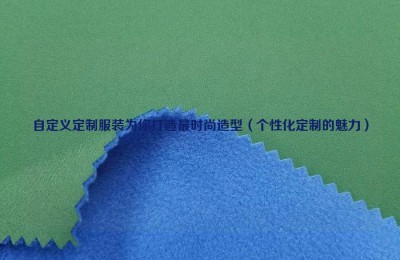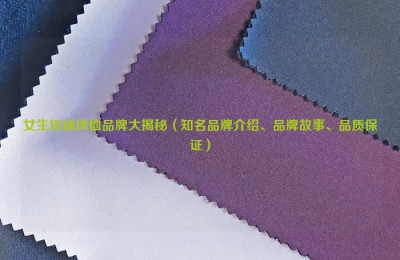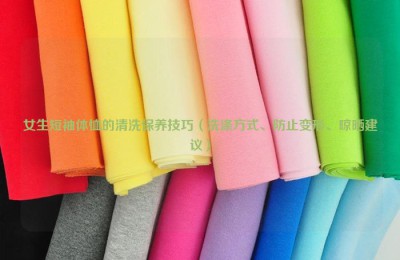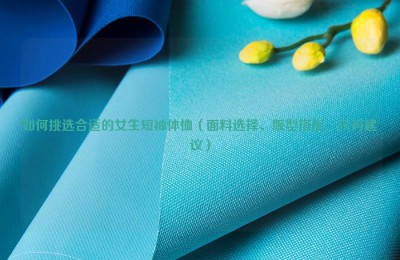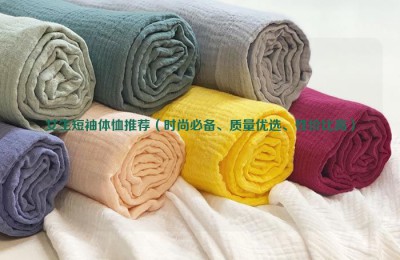Textile stock Wang Ruhong held a regular shareholder meeting on June 18, 2019. Chairman Hong Zhenhai said that the US-China trade war has caused some textile factories to shift to Southeast Asia, but Ruhong continues to expand its garment production capacity. , is expected to visit Southeast Asia in July, but the factory expansion location will not be in Vietnam.
Hong Zhenhai said earlier that Ruhong’s profit growth this year comes from new customers and the benefits of vertical integration of the brand’s supply chain. It is expected to make big strides in the second quarter and third quarter. Season 4 takes small steps, but Season 4 takes the biggest steps. He still holds the same view on this. The main reason is that new customers placed orders smoothly this year, while old customers placed slightly less orders than before. However, this situation is not unique to Ruhong. The textile industry has changed a lot. Orders may be placed slowly in the future, but cloth Factories and garment factories should respond quickly.
As for the impact of the trade war on the textile industry, Hong Zhenhai pointed out that Taiwan’s textile industry relies on re-orders from China. However, after all, the quantity is limited, and it is possible to re-order to Southeast Asia. countries, Sri Lanka or Turkey.
Therefore, Hong Zhenhai said that Ruhong has decided to continue to expand new garment factories, which may be located in Southeast Asia other than Vietnam.
Hong Zhenhai analyzed that the orders that have been negotiated by new and old customers in 2020 will not be enough to support production capacity if there are no new factories; The connection time between new garment factories in other parts of Southeast Asia is less than one day. It is estimated that a total of 120 production lines will be built. In the first phase, 60 production lines will be built first. After the completion of 120 production lines, an increase of 250-300 will be achieved every month. For 10,000 pieces of ready-made clothing, the basic fabric consumption reaches 3 million yards, which is about 800,000-900,000 kilograms of cloth.
Hong Zhenhai said that Ruhong currently has 17 garment production bases in Ho Chi Minh City, Vietnam and Phnom Penh, Cambodia, including Vietnam’s Ren Chak Factory, Zhan Peng Factory, Meichun Factory Factory, Long An Factory, Phnom Penh Factory in Cambodia, etc., produce about 5.2 million pieces in-house every month, and outsource the monthly production capacity of about 4.8 million pieces, totaling about 10 million pieces. After investing in new garment factories in the future, we can increase our own production capacity, but It will not reduce the amount of outsourcing.
Hong Zhenhai estimates that 32-34% of Ruhong’s overall operations this year will come from large distributors, and 66-68% will come from brand owners. Next year, the proportion of brands is expected to increase. As high as 70%, channels will account for 30%. Ruhong’s main brand customers are NIKE, LULULEMON, UA, etc. This year, NIKE is still a little more, accounting for about 10%, and it may grow to 13% next year; LULULEMON’s order volume this year increased by 20% compared with last year, and will continue to grow next year.
As for UA, it will grow in the fourth quarter of this year. UA has worked hard for nearly two years. In the future, it will reduce its suppliers, and it will reduce a lot. The benefits of business integration will be greater next year, and Ruhong is expected to benefit.
AAA anti-UV fabric net GFREGRTTHR


